|
The phenomenon of a blockchain use case called initial coin offering (ICO) is drawing increasing attention as a novel funding mechanism. ICO is a crowdfunding type that utilizes blockchain tokens to allow for truly peer-to-peer investments. Although more than $7bn has been raised globally via ICOs as at 2018, the concept and its implications are not yet entirely understood. The research lags behind in providing in-depth analyses of ICO designs and their long-term success.
We address this research gap by developing an ICO taxonomy, applying a cluster analysis to identify prevailing ICO archetypes, and providing an outlook on the token value market performance for individual archetypes. We identify five ICO design archetypes and display their secondary market development from both a short-term and a long-term perspective. We contribute to an in-depth understanding of ICOs and their implications. Further, we offer practitioners tangible design and success indications for future ICOs. Our paper “Tarzan and chain: exploring the ICO jungle and evaluating design archetypes” on this research project has been accepted for publication in Electronic Markets. In a recent article that was published in DiALOG, we write about the concept of self-sovereign identity for digital identity management and its potential for the public sector. Here you find the full article (in German).
In 2020, the world has witnessed an unprecedented global pandemic with COVID-19. It has led nations to take measures that have an enormous impact on individuals, society, and the economy. Researchers and practitioners responded rapidly, evaluating the opportunities to capitalize on technology for tackling the associated challenges.
We investigate the innovative potentials of three emerging digital technologies — namely, the Internet of Things, artificial intelligence, and distributed ledgers — to tackle pandemic-related challenges. We present our findings on the most effective means of leveraging each technology’s potential, the implications for use in crises, and the convergence of the three technologies. Our paper “Emerging Digital Technologies to Combat Future Crises: Learnings From COVID-19 to be Prepared for the Future” on this research project has been accepted for publication in the International Journal of Innovation and Technology Management. In the financial services industry, blockchain is assumed to have significant impacts. From research and practice, we observe two main paradigms of how organizations interact with blockchain. First, organizations use blockchain to optimize existing processes (blockchain-based business process optimization – BPO). Second, organizations use blockchain to disrupt existing processes, foster disintermediation, and enable disruptive business models (blockchain-based business process disruption – BPD).
However, scientific research that evaluates its de facto potential is scarce. We bridge this gap by following a design science research approach aiming at a blockchain-based business process re-engineering (BPRE) for a letter of credit that combines the advantages of BPO and BPD. We conduct three design cycles and develop three artefacts: a BPO, a BPD, and a BPRE approach. Our BPRE approach combines the advantages of partial disintermediation, i.e. increased efficiency and transparency, with the advantages of intermediaries, i.e. process flexibility, provision of liquidity and mediation of dispute. Our paper "Blockchain Won’t Kill the Banks: Why Disintermediation Doesn’t Work in International Trade Finance" presenting the results of this research project has been accepted for publication at the Communications of the AIS (CAIS). fintechcube published an interview with me on the management of IT outsourcing endeavors. You can access the full interview here.
Recently a novel phenomenon, the machine economy, experiences rapidly increasing recognition from both research and practice. However, we still lack a thorough conceptual understanding of its driving technologies and their interrelations. This hampers the incorporation of the machine economy in today's organizations to unleash its full potential.
Therefore, we set out with a conceptual research approach. First, we investigated the characteristics of the central technologies, the Internet of Things (IoT), Artificial Intelligence (AI), and Blockchain (BC). Second, we examined the bilateral technology interrelations to explicate their synergistic interplay. Third, we shet light on their trilateral technology convergence and conflate our reasoning into a holistic conceptual model. Finally, we demonstrated the machine economy's real-world applicability with three exemplary instantiations. Throughout our research approach, we observed the machine economy concept through two theoretical lenses: the theory of self-adaptive systems and the actor-network theory. Our paper "The Rise of the Machines: Conceptualizing the Machine Economy" presenting the results of this research project has been accepted for presentation at the 24th Pacific Asia Conference on Information Systems (PACIS 2021). |
Archives
June 2024
|
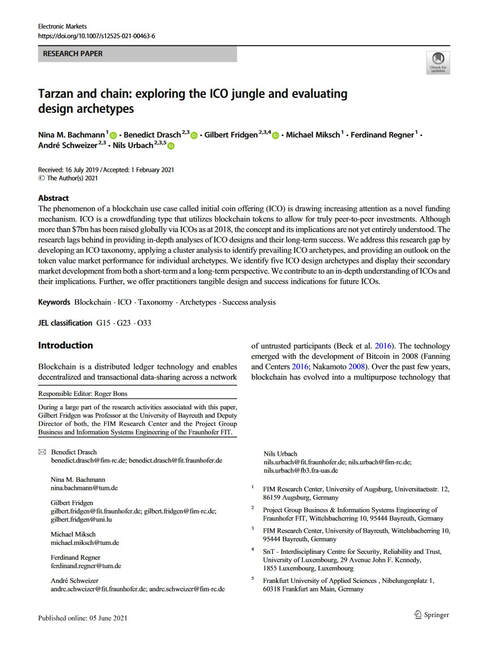

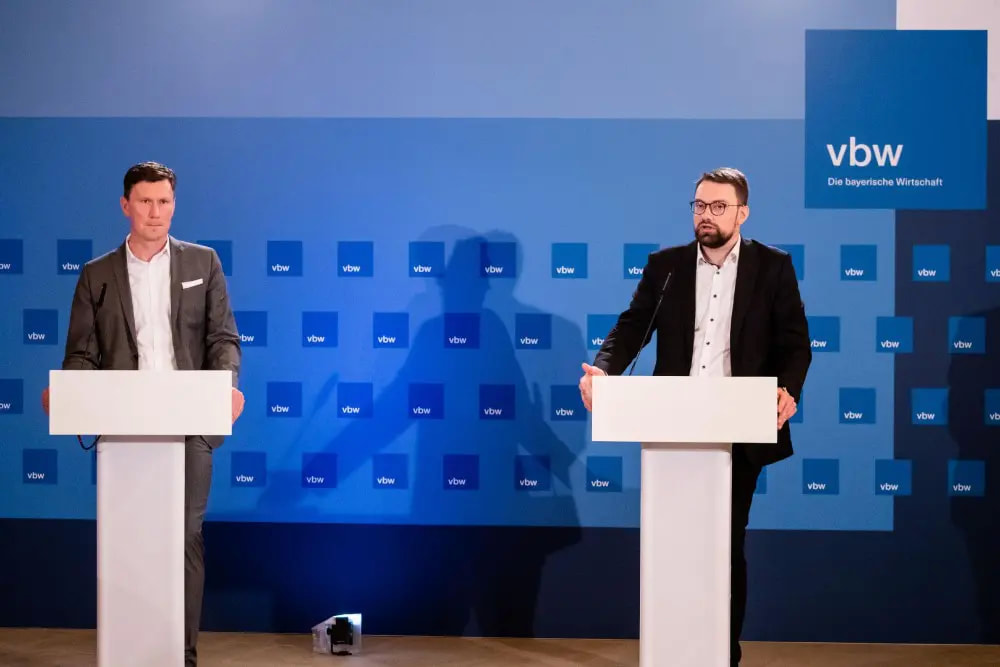
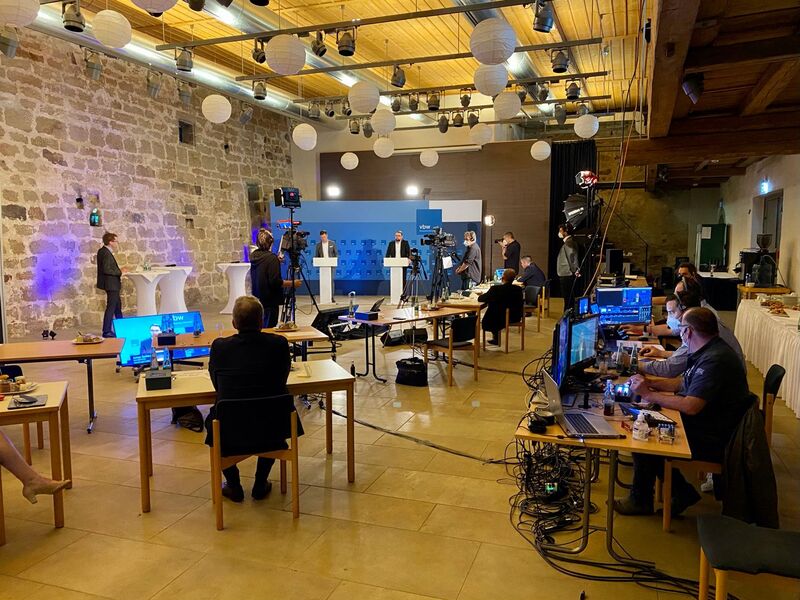
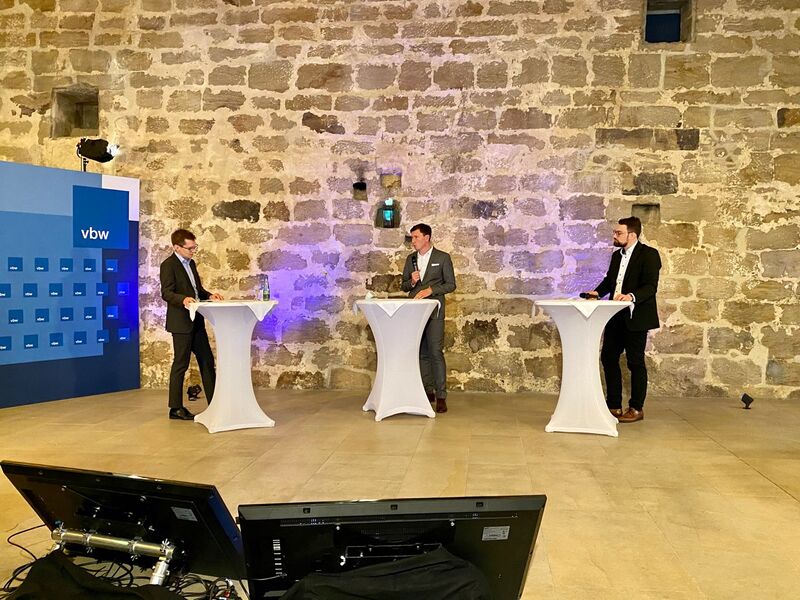
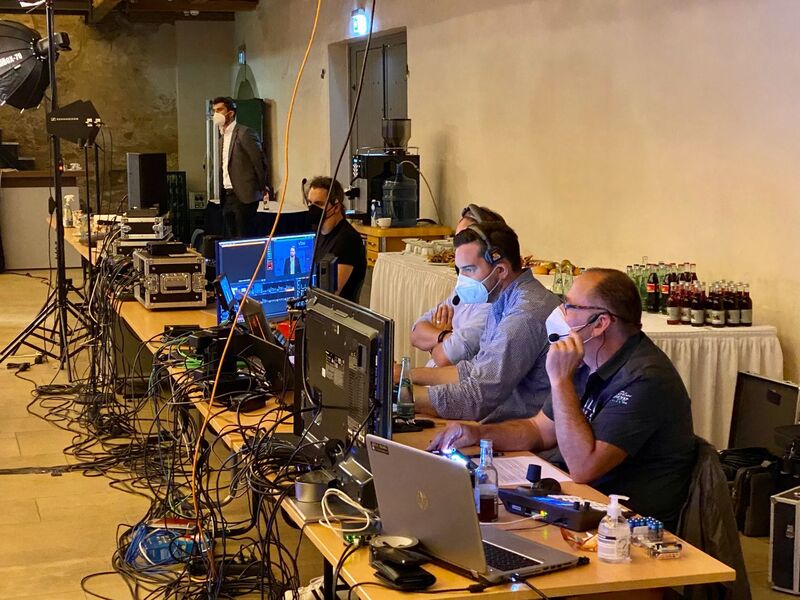
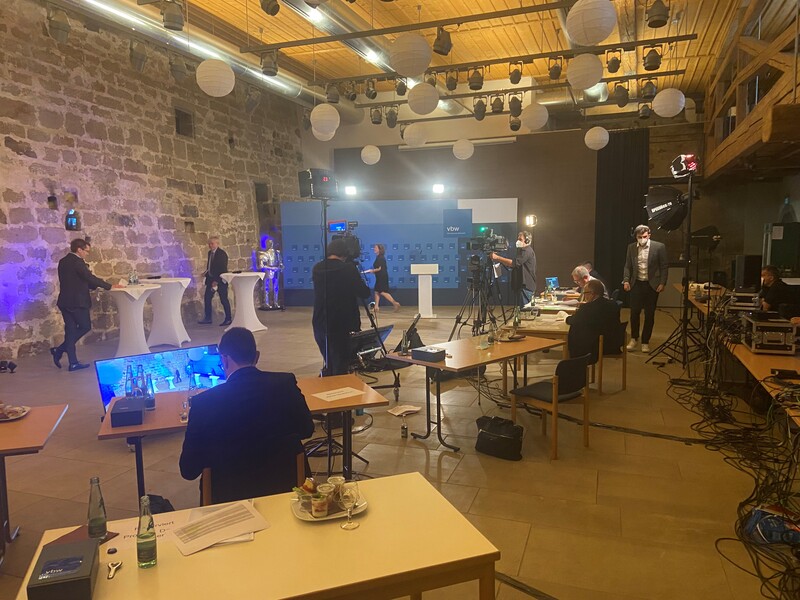

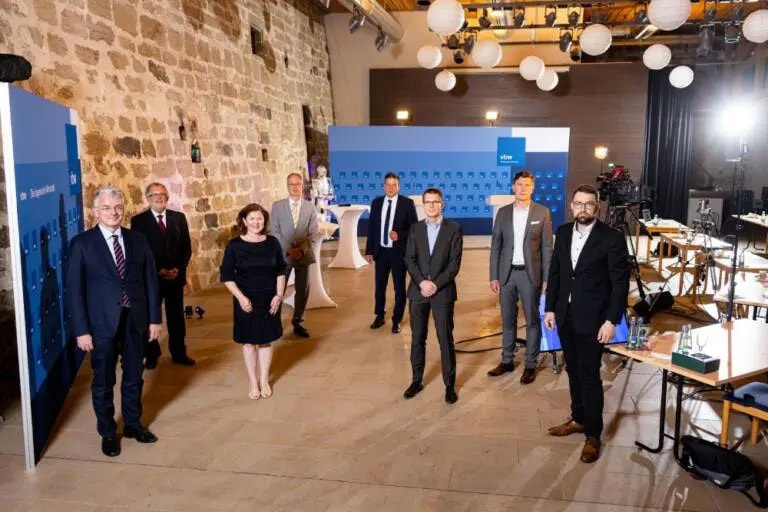
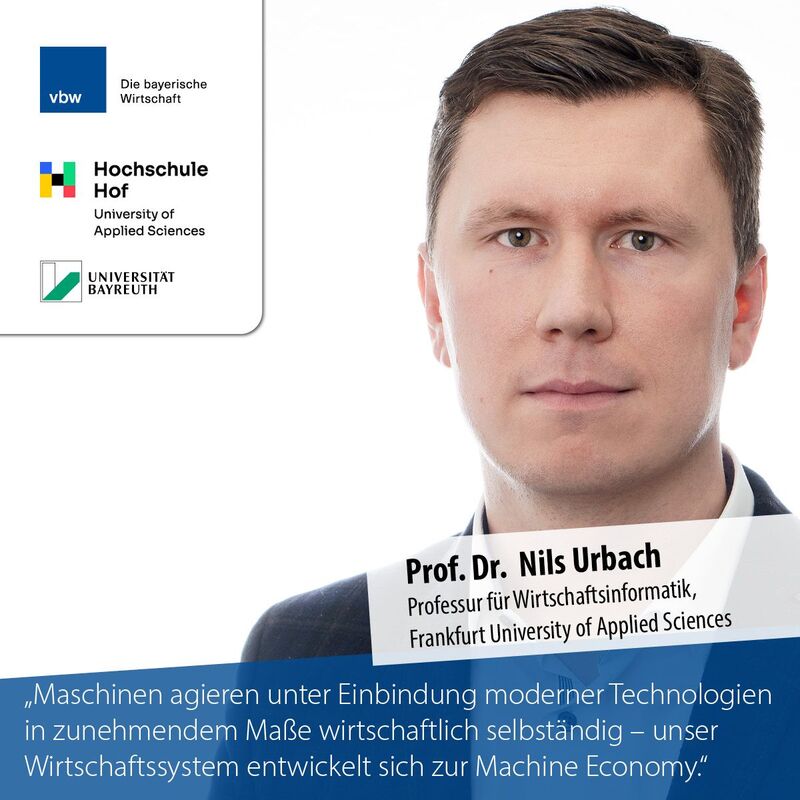
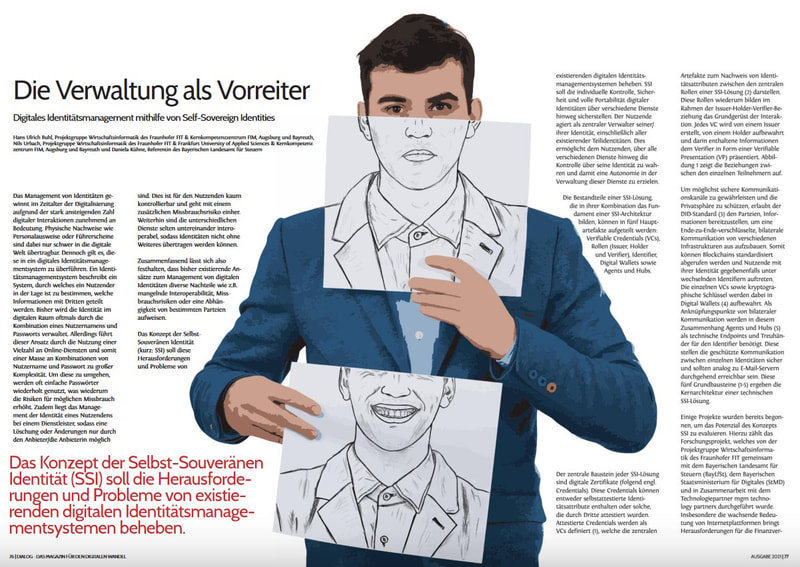
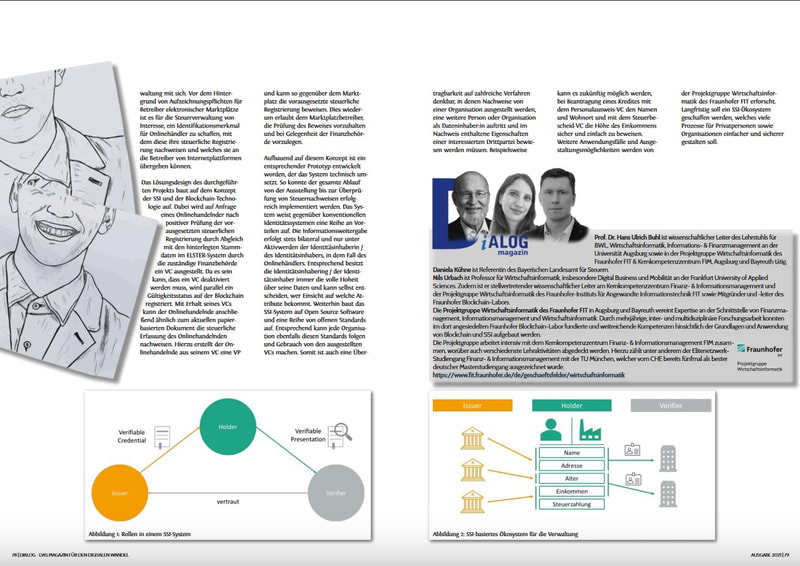
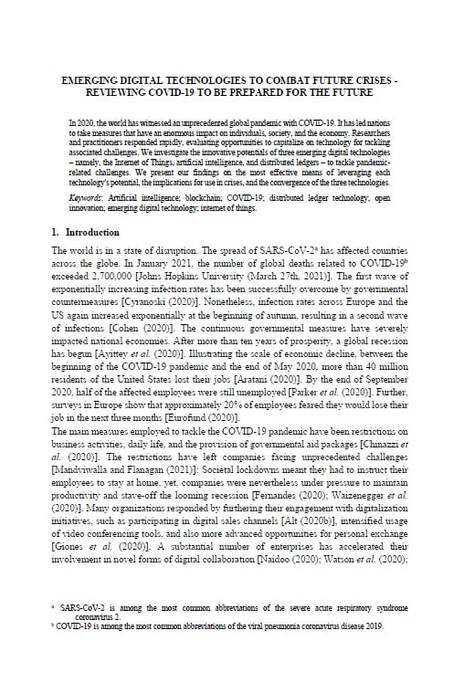
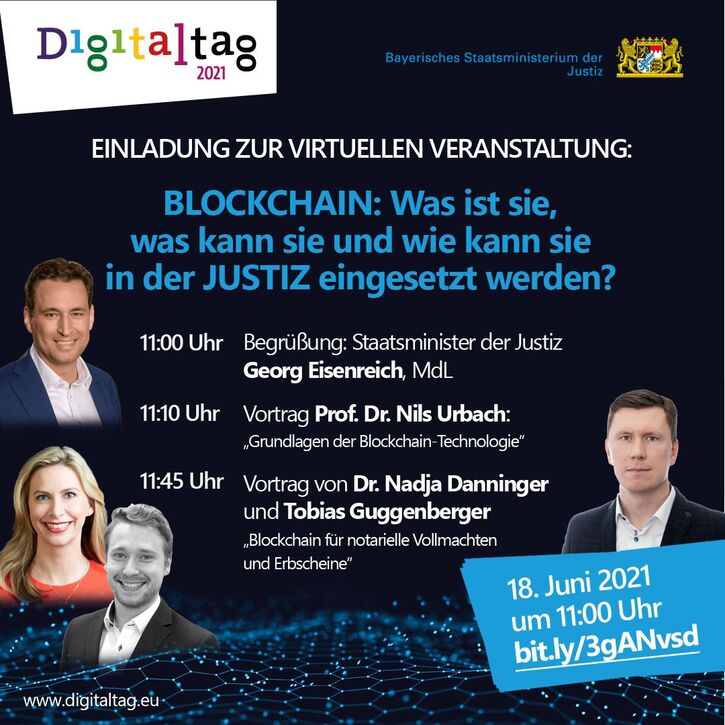
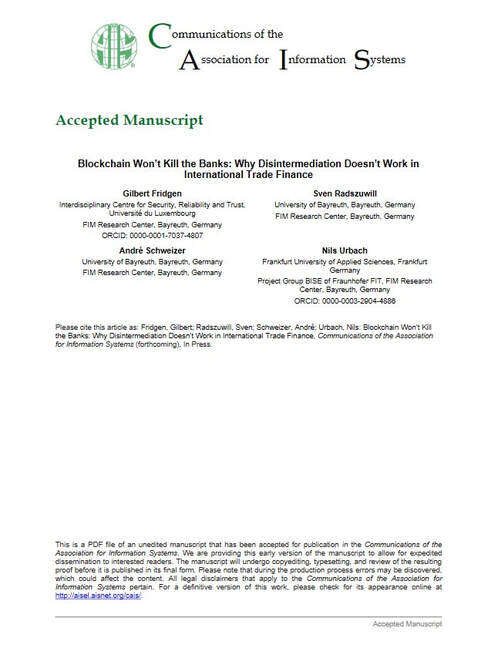
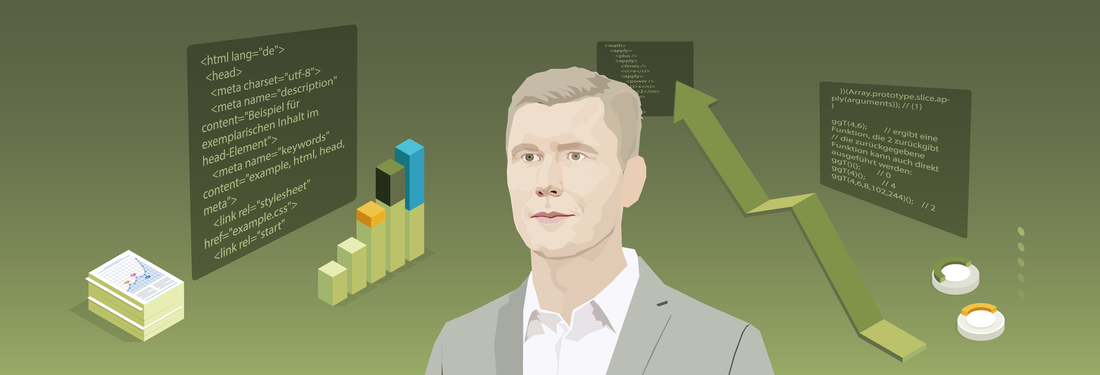
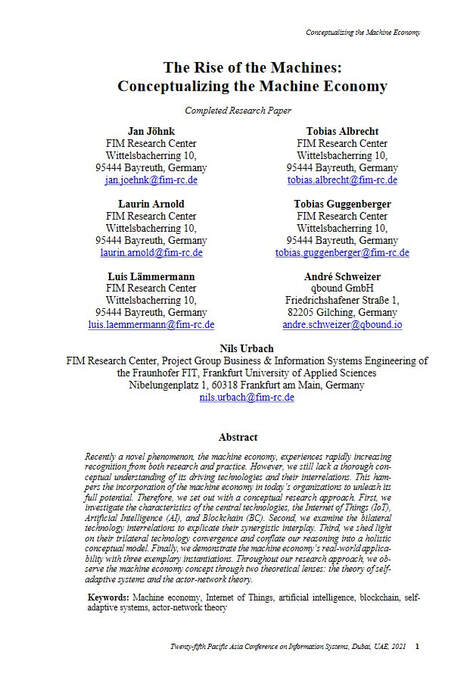
 RSS Feed
RSS Feed